
ICDA and BoardPro partnership unlocks digital governance tools for not-for-profits nationwide
Posted on 10 Dec 2025
Adele Stowe-Lindner, Executive Director, Community Directors The Institute of Community Directors…
Posted on 19 Sep 2023
By Greg Thom, journalist, Institute of Community Directors Australia

When it comes to helping Australians who have conditions such as cerebral palsy to harness the power of technology to help them to live life to the fullest, Ralph Drage is convinced there is almost no problem that can’t be solved.
A former chief engineer at jeans maker Levi-Strauss in Adelaide, the retired 77-year-old now co-ordinates a team of remarkable like-minded volunteers who combine technical skills with an innovative mindset to create personalised assistive technology equipment.
For the crew at Technology for Ageing and Disability South Australia (TADSA), this can include modifying anything from wheelchairs or clotheslines to gardening tools, wheelie bins and fishing rods to meet individual users’ needs.
“Everyone has an individual problem they need to solve and quite often we’re the last cab off the rank when they haven’t been able to find a commercial solution,” said Ralph.
“It does give you a great feeling if it [innovation] works out for a client and you are helping someone to live a better life.”
Even more remarkable is the fact that TADSA, which has been changing the lives of people with physical and mental disability for 47 years, receives no government funding and is run almost entirely by volunteers.

Though these mainly retired volunteers hail from diverse backgrounds, TADSA general manager Tracey Watters said what they all have in common is a lifetime of technical expertise and tradesmanship, skills they are determined to use to give back to the community.
“These are people who have run businesses, they’re engineers, mechanics, or skilled in areas such as electronics and woodworking,” said Tracey.
“They're creating quality of life solutions, but at the same time gaining meaning in life themselves, because, you know, it's like a family around here.”
Assistive technology is defined as any device, aid, system, or equipment that allows users to perform a task they would otherwise be unable to do, or to perform it more easily and safely.
TADSA is typically approached by individuals themselves or carers in need of help to solve a very specific challenge, and then it assigns one or more of their skilled volunteers to come up with a bespoke response.
“Our motto is ‘one-off solutions to one-off problems,” said Tracey.
“If there are no suitable products on the market, we try and create a new, innovative solution from scratch.”
This almost always requires thinking outside the square.
“It’s very gratifying and we do it for the challenge, but it’s not a walk in the park,” said Ralph.

“You’ve got to put your thinking cap on and sometimes use skills you didn’t think you had before.”
He cites a recent example of a father with a young son with cerebral palsy. The father was having trouble controlling the modified bicycle his boy loved to ride.
“He had to run alongside his son while he was helping control the bike but said he couldn’t get out of the way in time and it kept crashing into him.”
After studying the problem, two TADSA volunteers put their heads together and designed a remote-controlled braking solution that allowed the boy’s father to control the bike from a distance, while ensuring his son remained safe.
“I watched a video of it in action and the boy loves it. You can’t wipe the smile off his face.”








Tracey said successfully delivering to a client’s brief can be emotional for volunteers as well those they are trying to help.
“There are a lot of things in life where if it’s not a problem for you, then you probably don’t think too much about it,” she said.
“But in the minds of these individuals, these issues we are trying to help them with mean a great deal.
“Even though they have asked for our help, sometimes they can’t quite believe the solution our volunteers have managed to come up with to suit their needs and they get a bit emotional.”
This is because while solving a client’s specific physical need, assistive technology can also remove barriers preventing people with disabilities from participating more fully in the community.
The benefits range from enhanced social relationships and improved emotional wellbeing, to opening up employment opportunities, more autonomy and sharpened communication skills.
“I guess we're trying to activate independence because what we do know is that independence is the most important thing,” said Tracey.
Jacy Arthur may have been born with cerebral palsy, but the fiercely independent 50-year-old has refused to let it hold her back.
Despite living with long-term hearing, speech and muscle dexterity impairments, there are few things she will easily accept she cannot do.
That certainly includes putting the rubbish bins out for collection.
Rather than rely on others to perform what many Australian would view as a mundane task, Jacy approached the tech guru’s at TADSA in the hope they could come up with a wheelie great idea.

Up for the challenge, TADSA volunteers used a 3D printer to design and then build, a hydraulic powered biz dozer Jacy could use to easily raise, empty and move the large wheelie bin by using a simple pumping action without straining her back.
They even brought a smile to Jacy’s face by designing the bin trolley to match her colourful and outgoing personality, producing a bright pink model emblazoned with her name.
Jacy was delighted with the result, which she said was easier to push than a shopping trolley.
“TADSA has made a lot of useful things for me over the years, as I like to do things for myself,” the self-employed graphic designer, web developer, author and disability advocate said.
“I usually give them ideas about what I need and help them along with few adjustments before the final product.”
Jacy said described the work of TADSA volunteers as “absolutely, amazing!
“Once they see what I’m struggling with they get it straight away and we work together. I love being part of their new projects!”
Clients fund their own bespoke solution delivered by TADSA, or costs are covered by an allied health provider such as the NDIS.
Either way, TADSA works hard to keep costs as low as possible for clients by subsidising its unique products.
“We’re really just trying to make ends meet and keep the lights on, keep the telephone bill paid and make sure that we can keep volunteers gainfully engaged,” said Tracey.
That ethos extends to TADSA having no interest in commercialising any of its innovations, preferring instead to share any technical breakthroughs or expertise with others for the betterment of all.
“There is an array of projects that were probably invented by our organisation over the years but have since become mainstream products out there in the community,” said Tracey.
While platforms such as Google Home are currently all the rage, TADSA has long been a pioneer in home automation.

“We created home automation solutions, you know, opening the blinds, opening the door, answering the telephone for people living with motor neurone disease many years ago,” said Tracey.
“Now all you need to say is ‘Siri, open the door.’”
After 47 years spent cracking complex technical challenges to improve the lives of Australians with intellectual and physical disabilities, TADSA is experiencing one problem that seems beyond the team’s ability to solve – the steady decline in the number of people willing to help.
“People just don’t want to volunteer these days, and if they do, they don’t have the skills we want or their own equipment,” said Ralph.
He encouraged anyone with the right expertise and time on their hands to step forward and join a group such as TADSA in their own state.
“I did, and believe me, the rewards are worth it.”
More information

Posted on 10 Dec 2025
Adele Stowe-Lindner, Executive Director, Community Directors The Institute of Community Directors…
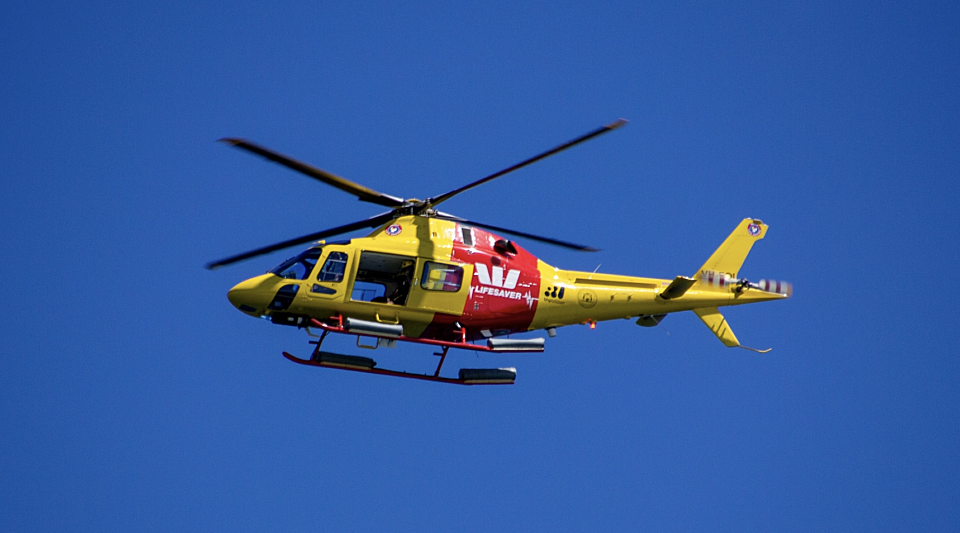
Posted on 10 Dec 2025
The Australia Institute has called on the federal government to force Australian businesses to be…
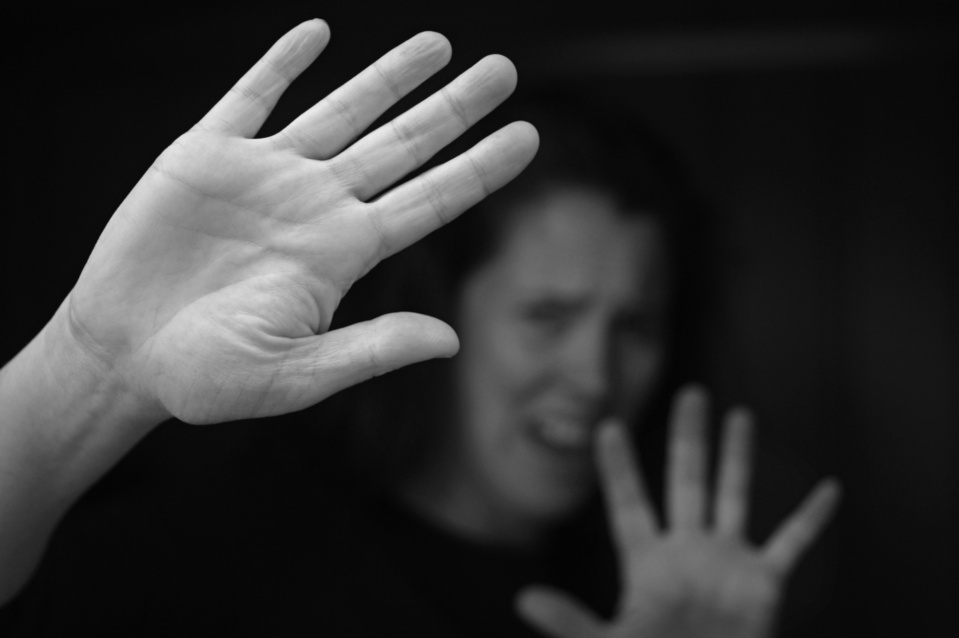
Posted on 10 Dec 2025
Economic empowerment is essential to enabling recovery, restoring agency and preventing future…
Posted on 10 Dec 2025
A long-time advocate for rough sleepers in northern New South Wales has been named her state’s…

Posted on 10 Dec 2025
What a year 2025 has been, particularly at a national level where the Parliament and politics as we…

Posted on 10 Dec 2025
Anyone working in an organisation knows it: meetings follow one after another at a frantic pace. On…
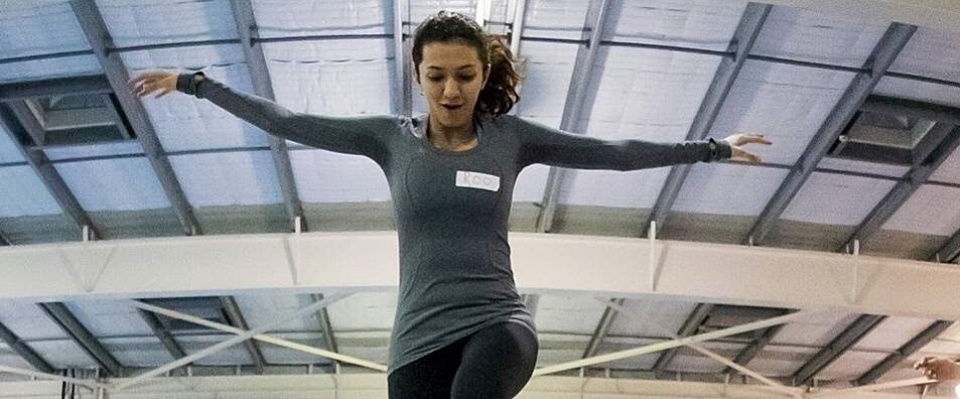
Posted on 10 Dec 2025
As a qualified yoga instructor who learned the practice in her hometown of Mumbai, Ruhee Meghani…

Posted on 10 Dec 2025
Community Directors trainer Jon Staley knows from first-hand experience the cost of ignoring…

Posted on 10 Dec 2025
Stressed, overwhelmed, exhausted… if you’re on a not-for-profit board and these words sound…
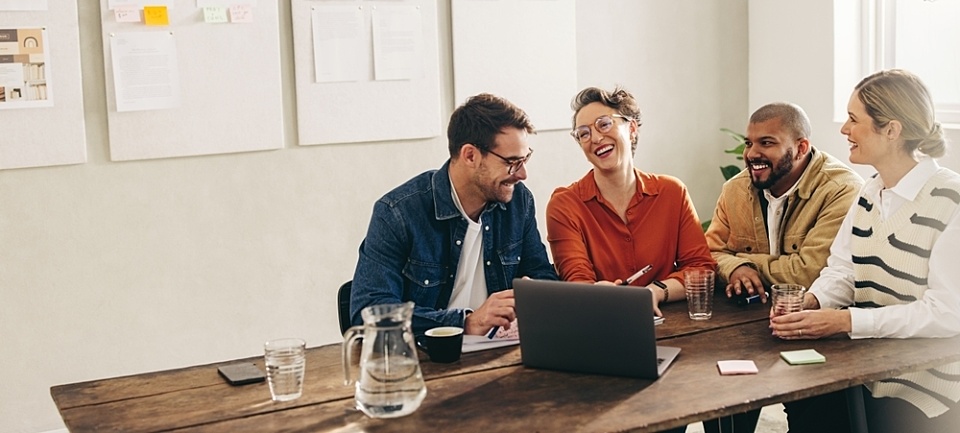
Posted on 10 Dec 2025
The Institute of Community Directors Australia trains over 22,000 people each year, which gives us…
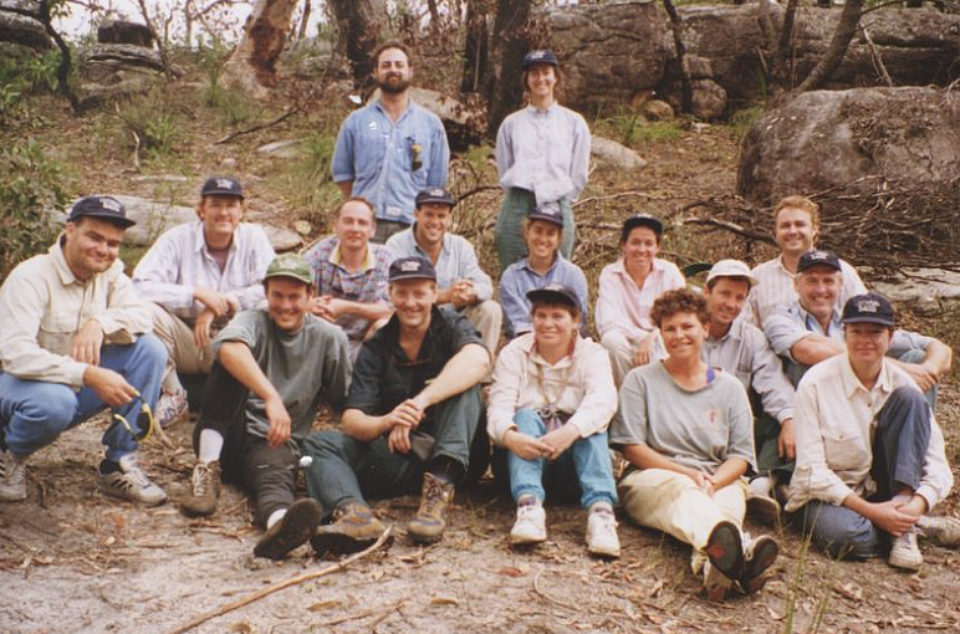
Posted on 09 Dec 2025
The late Sir Vincent Fairfax is remembered as a business leader, a chairman of AMP, and an active…
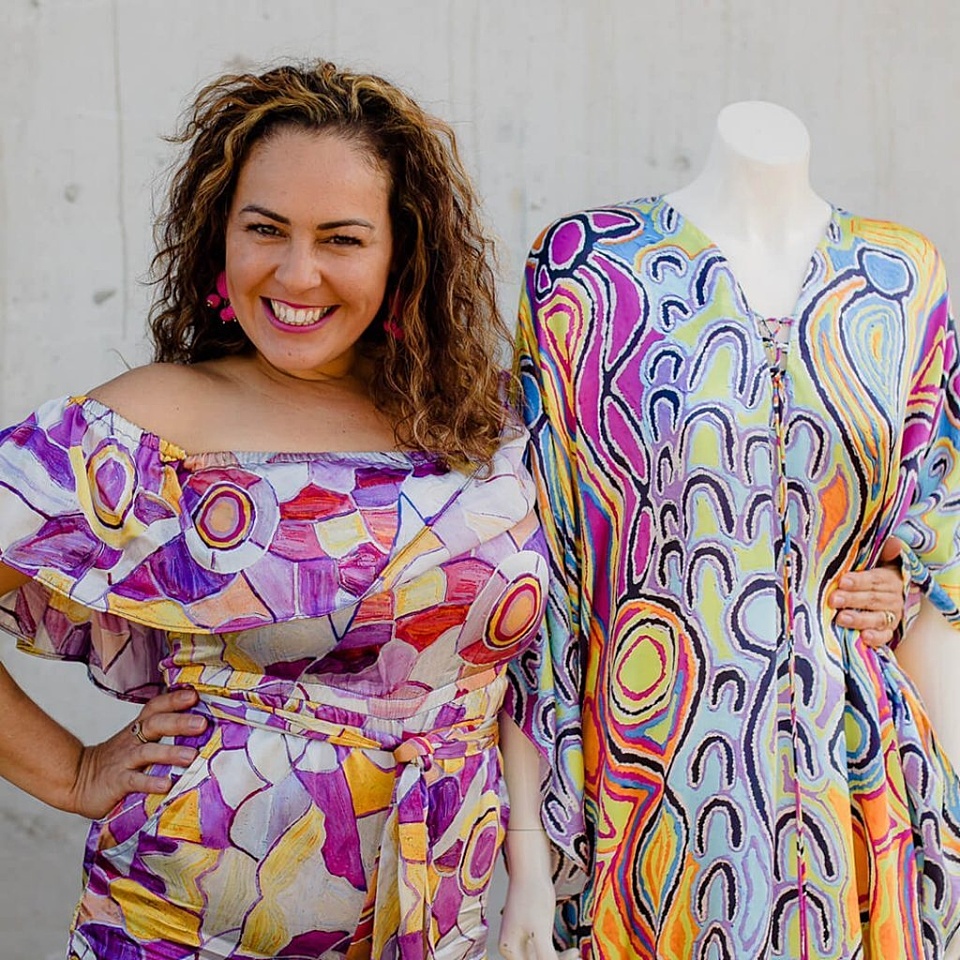
Posted on 08 Dec 2025
A pioneering welfare effort that helps solo mums into self-employment, a First Nations-led impact…